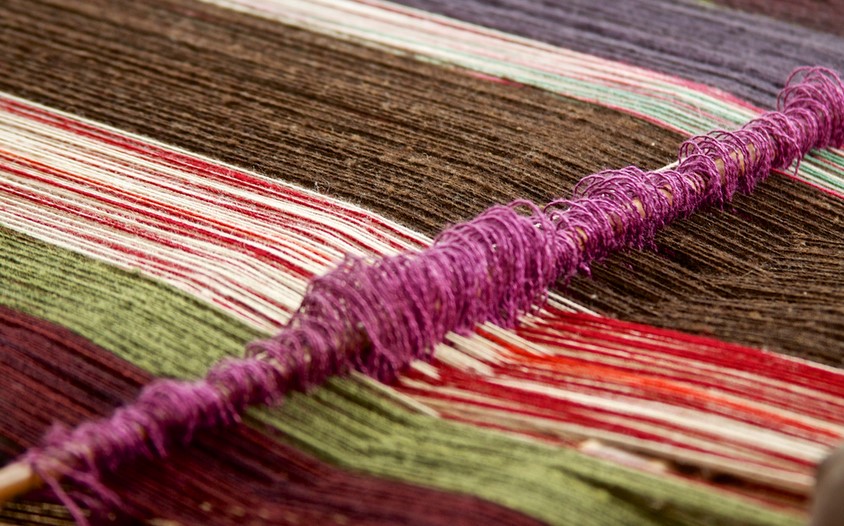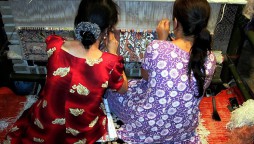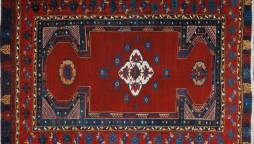3,000-Year-Old Textiles Discovered by Team of Israeli Archaeologists

Throughout time, textiles were largely produced as functional pieces, serving as everything from wearable garments and tapestries to wash cloths and floor coverings. Yet, because the materials used by ancient peoples were of organic origin, many of these textiles have been unable to survive the harsh conditions of their country’s climate, and the millennia which have passed since their creation.
Once in a while, however, discoveries are made that offer a unique perspective on the way people in a particular area lived and how their handmade arts were influenced by the area’s unique culture. Such was the case with a recent finding in Israel’s Arava Valley.
An Unlikely Location and Rare Discovery
The Arava Valley is located in the far southeast portion of Israel, where ancient copper mines once supported a thriving society during what many believe as the reign of King Solomon. And it was from these copper mines that a team of researchers and archaeologists from Tel Aviv University discovered an assortment of well-preserved textiles and other rare artifacts.
Because these copper mines are situated in the desert, where arid conditions have a greater tendency to maintain the integrity of organic materials, the textiles remained surprisingly unspoiled by time and the elements. In addition to the fabrics, archaeologists also discovered seeds, tools and leather, which shed even greater light on the chiefly nomadic culture of the Edomites, who have been credited with operating these mines thousands of years ago.
Speaking to the rare and historical nature of this discovery, Tel Aviv University’s Dr. Ben-Yosef said in a press release regarding the find:
“No textiles have ever been found at excavation sites like Jerusalem, Megiddo and Hazor, so this provides a unique window into an entire aspect of life from which we've never had physical evidence before.
"The wide variety of fabrics also provides new and important information about the Edomites, who, according to [ancient records], warred with the Kingdom of Israel. We found simply woven, elaborately decorated fabrics worn by the upper echelon of their stratified society. Luxury grade fabric adorned the highly skilled, highly respected craftsmen managing the copper furnaces.”
How scientists were able to date these findings to 3,000 years ago, however, actually came as a result of radiocarbon dating on thousands of seeds discovered at the site. Upon confirmation of their antiquity, the seeds then established these textiles, some of which were only 5 centimeters in both width and length, as the only textiles ever uncovered from this location and from this period in history.
In the press release, TAU masters student Vanessa Workman also pointed out how this discovery gave researchers more information on the region’s trade and economic practices in that day, comparing the mine to a “silicon valley” in terms of copper production. And it was this high level of production that helped to both supply and support workshops that manufactured these specialized textiles.
"We found linen, which was not produced locally. It was most likely from the Jordan Valley or Northern Israel. The majority of the fabrics were made of sheep's wool, a cloth that is seldom found in this ancient period. This tells us how developed and sophisticated both their textile craft and trade networks must have been."
Would you like to view a collection of ancient textiles in person or get more information? Visit our showroom or explore the textiles we have available in our Rug Shop to see these handmade wonders for yourself.




